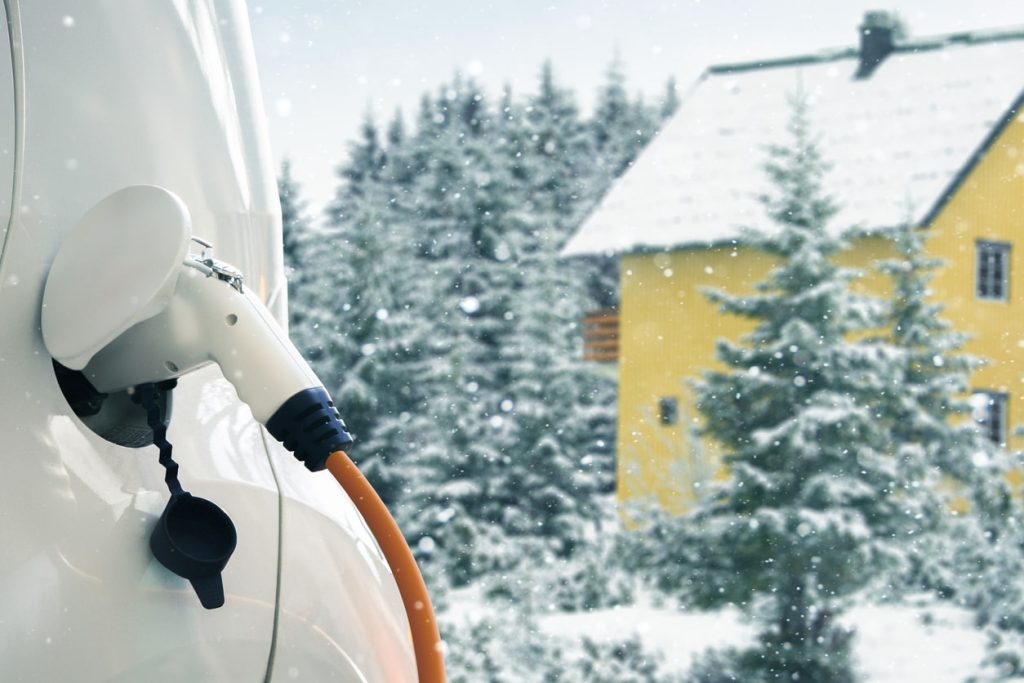Are you looking to avoid high gas prices and become more eco-friendly by making the switch to an electric vehicle (EV)? Then you’re likely wondering how—or if—a battery-powered car can cope when the temperature drops. Lucky for you, we’ve got the answers.
How does an EV hold up in winter?
Many EVs offer all-wheel drive, which enables the vehicle to accelerate and grip the road better in snowy and slippery conditions. This allows them to handle Canada’s harshest winter weather.
“When it gets below -40°C, it’s dicey that your gas-powered car is going to even start. Especially if you don’t have a block heater,” says Ryan Peterson, CAA’s manager of automotive services. “Your EV is going to start every single time.”
Cold weather means shorter range
When it’s cold, EVs will lose some driving range. The colder it is, the less distance the vehicle will cover before its battery is depleted.
But every EV is different, according to the results of a 2021 report by Recurrent, a battery analysis firm.
The study tracked 7,000 electric vehicles, comparing each car’s estimated range at 21°C versus freezing (0°C). The Tesla Model 3, for example, lost only one percent of its estimated range in freezing conditions. The Ford Mustang Mach-E lost 26 percent of its range. While the Jaguar I-Pace decreased by three percent. But keep in mind, these are estimates and results will vary based on a vehicle’s model and your charging habits and driving behaviour. More large-scale, real-world testing is needed.
How to extend your battery life
To maximize your electric car’s distance in the winter, Peterson recommends looking for a model with a heat pump, which minimizes range loss in extreme temperatures.
Pre-heating the cabin and battery while the vehicle is plugged in, which you can often do remotely using the smartphone app for your car, will dramatically reduce range loss in the winter, too.
Hit the road
Before you hit the road make sure you have your CAA Membership handy. Check out our website for a full list of our automotive services.

